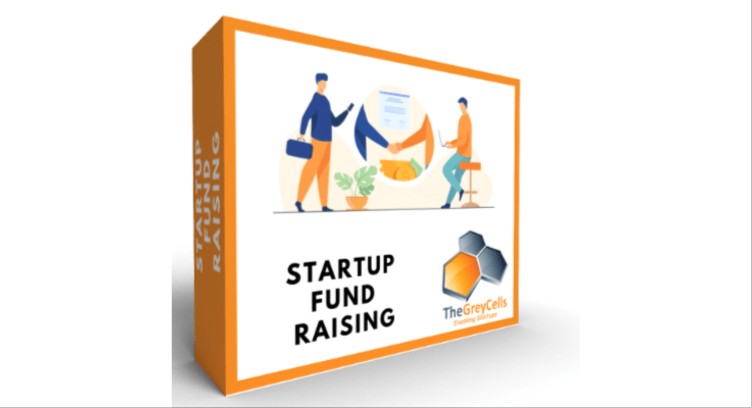Welcome back to Startup Mantras. I’m Dr. Anu Khanchandani, founder of The Grey Cells.
And if you’ve ever wondered why investors ghost you after seeing your pitch deck — this one’s for you.
Today’s episode is titled Pitch Deck Horror Stories (And What I’d Do Differently) — and I’m going to walk you through some real founder decks I’ve reviewed that went off the rails — and what would’ve turned the story around.
[Section 1 – The “Investor is Google” Deck]
Let’s talk about the deck that skipped context entirely.
A brilliant founder sent a deck that jumped right into features, screenshots, and product flow.
But no problem statement.
No user story.
No market size.
He assumed the investor would get it.
But investors don’t Google — they move on.
What I would’ve done differently:
Slide 1 → A 10-word problem statement.
Slide 2 → The human story behind that problem.
Slide 3 → Why now.
Set the frame — don’t let the investor build it for you.
[Section 2 – The 50-Slide Monster]
Another founder sent a 52-slide deck.
Yes, really.
It had everything:
- Team bios that ran 3 slides each
- A full UX journey
- Detailed marketing plans
- And even org charts for a company not yet funded
The investor opened the deck… and closed it before slide 5.
Here’s what I tell founders:
If it’s not essential for decision-making, it doesn’t belong in your first deck.
You’re not trying to impress. You’re trying to earn a second conversation.
[Section 3 – The Missing Ask]
And then — the classic horror story.
A beautifully designed, well-researched deck that ended with… nothing.
No funding ask.
No number.
No use of funds.
The founder thought it was “better to leave it open.”
It’s not.
Investors don’t chase clarity — they reward it.
[Closing – What to Do Differently]
So here’s what I recommend:
- Keep it to 10–12 slides max.
- Open strong: Problem → Market → Product → Business Model
- End with a clear, specific ask.
- And rehearse your answers to the questions every investor is silently asking as they flip.
I’ve seen what works, what falls flat, and what quietly kills a pitch.
If you want a proven structure and real examples, my Startup Fundraising course includes a full Pitch Deck module — with templates, checklists, and investor-tested slide flows.
If you’re building your deck now, or reworking one that’s been ignored — start with the structure inside the course.
It could be the difference between silence… and a signed term sheet.
Thanks for listening —
This is Startup Mantras, and I’ll see you in the next one.







